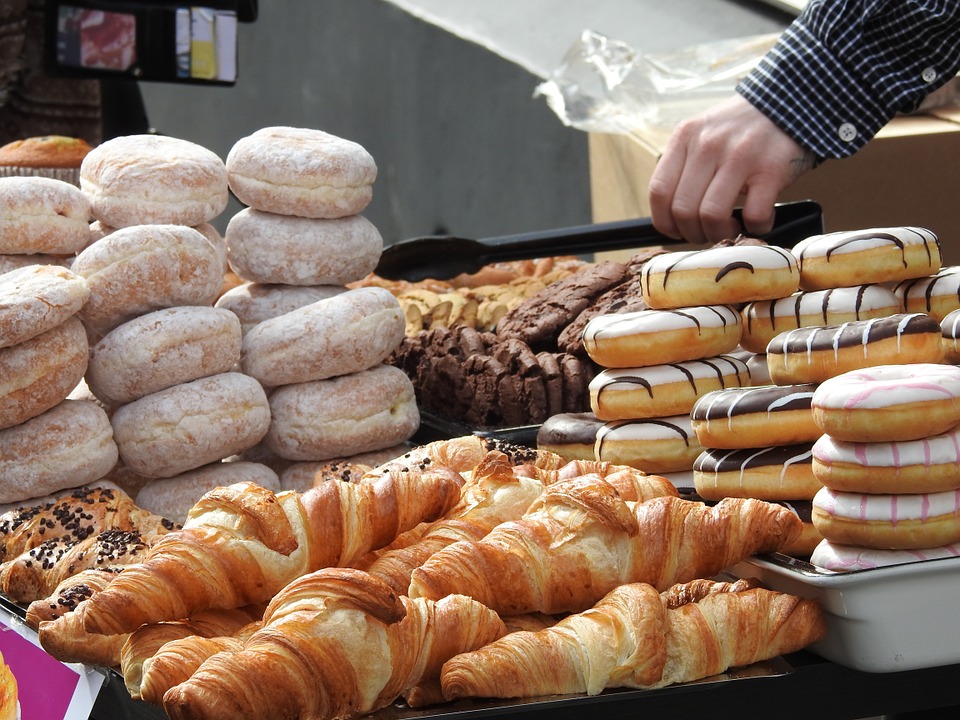- 3-minute read
- 8th July 2016
Know Your Prepositions! (In, Of and To)
Prepositions! They sit there unnoticed most of the time, quietly helping to specify relationships between words in sentences. But this makes it important to know your prepositions, since picking the wrong word could make your sentence confusing or even change its meaning!
Nevertheless, knowing which preposition to use can be tricky, especially if English isn’t your first language. As such, today we’re taking a closer look at three important examples: ‘in’, ‘of’ and ‘to’.
In (Within a Space, Place or Time)
As a preposition, ‘in’ can be used to specify that a noun (e.g. a cake) lies within something else, typically a place or space (e.g. an oven):
He put the cake mix in the oven. Soon, there would be cake.

As well as physical spaces, ‘in’ can be used to indicate inclusion within something more abstract, like a particular season or field of activity:
The biggest names in baking will gather here in summer for the cake making competition.
Or within a particular time period:
In 2012, I tasted a truly delicious baumkuchen.
It can also be used for indicating the means or medium used for something:
The recipe was written in German.
Of (Derivation, Causation and Possession)
‘Of’ has a few main uses. One is to indicate something’s derivation or source, especially between a part and a whole:
A piece of cake after lunch would be good.
It can also be used to indicate how something is composed:
Cake is mostly made of flour, eggs, butter and sugar.
Another use is to suggest a causal relationship between two things:
If we’d waited any longer for cake, we could have died of hunger.
Find this useful?
Subscribe to our newsletter and get writing tips from our editors straight to your inbox.
‘Of’ is further used to indicate possession or authorship:
Their extensive knowledge of cakes informed the decision of the judges.

The city of Claxton, Georgia claims to be the ‘Fruit Cake Capital of the World‘.
To (Direction, Connection and Motive)
‘To’ also has various uses, the most important of which include indicating direction or destination:
I am going to the bakery.
Specifying a connection or relationship between two things:
The baker is married to my brother. I am addicted to cake.

Or attributing a motive or reason for something:
I’m going to the bakery to get cake.
It can also mean ‘approaching a particular condition’:
I was close to despair over the lack of cake in my life!
Or to indicate a recipient of something:
When she finally gave the cake to me, I felt relieved.
We hope you now feel more confident about using these terms. This isn’t a definitive list of how ‘in’, ‘of’ and ‘to’ can be used, however, so make sure to double check if you’re unsure about using any preposition in your work.